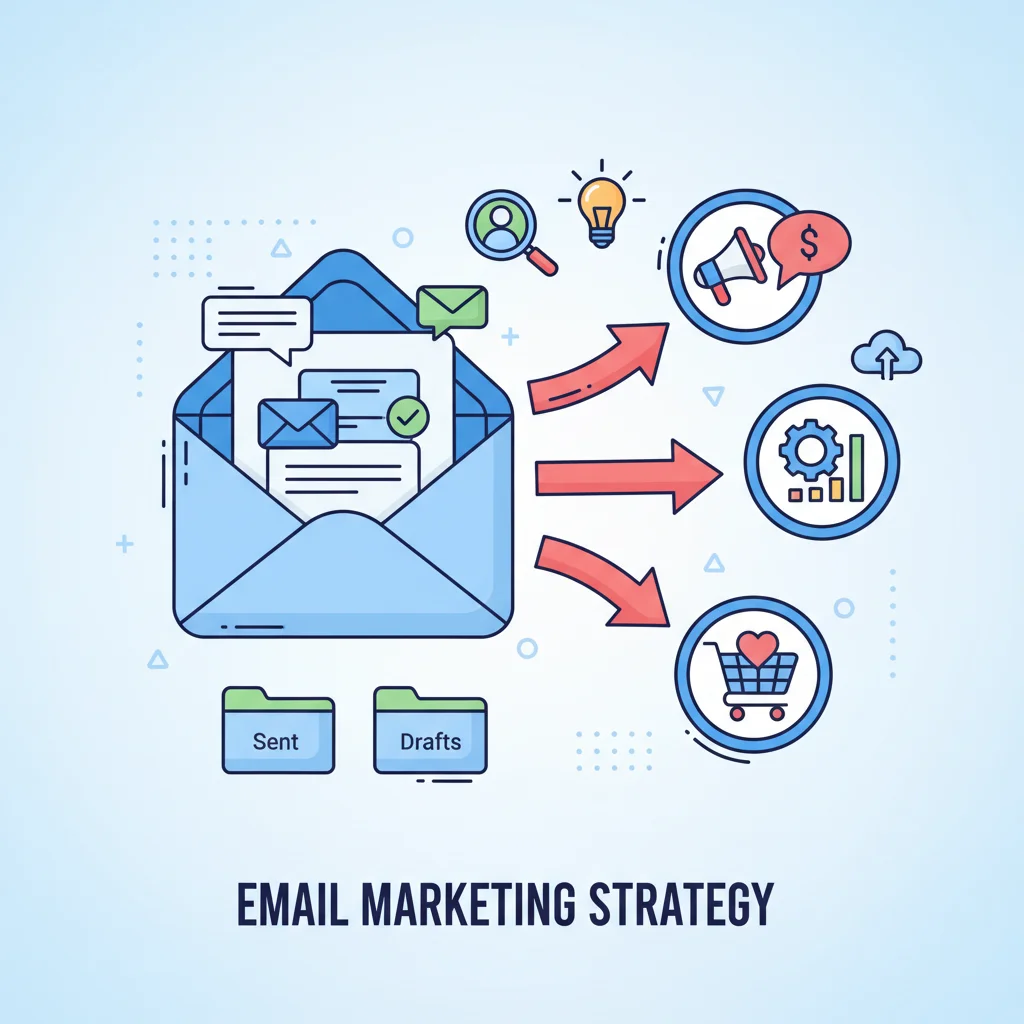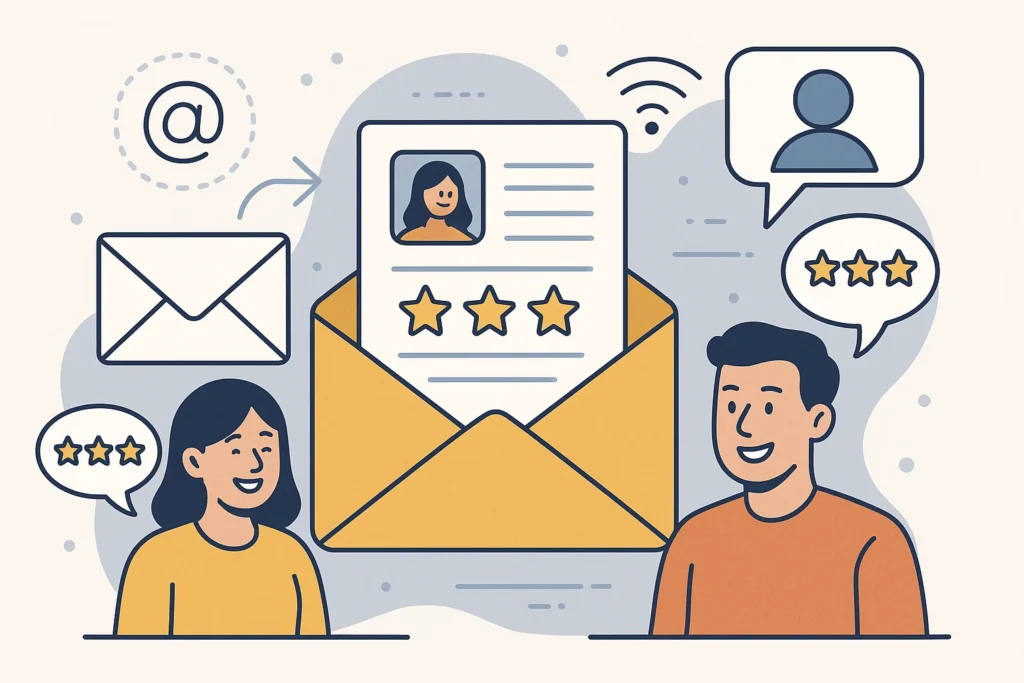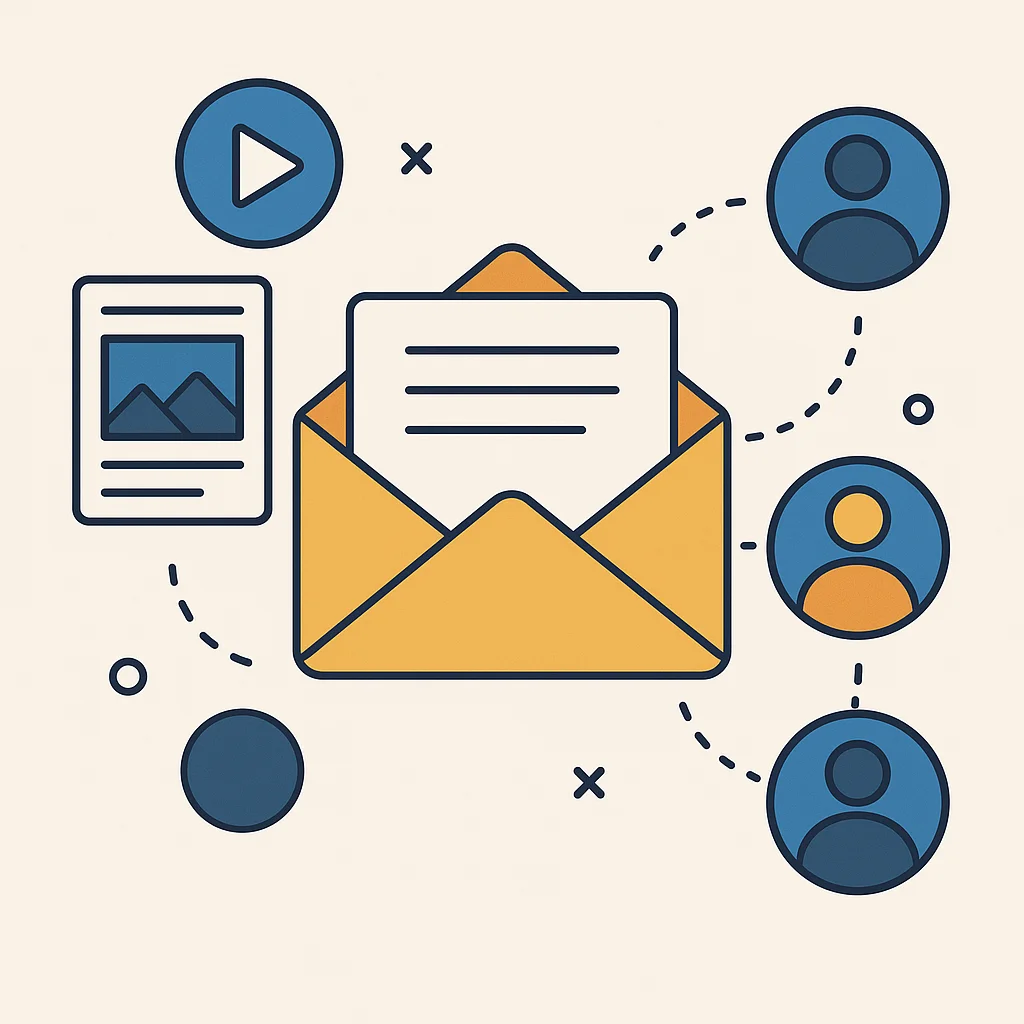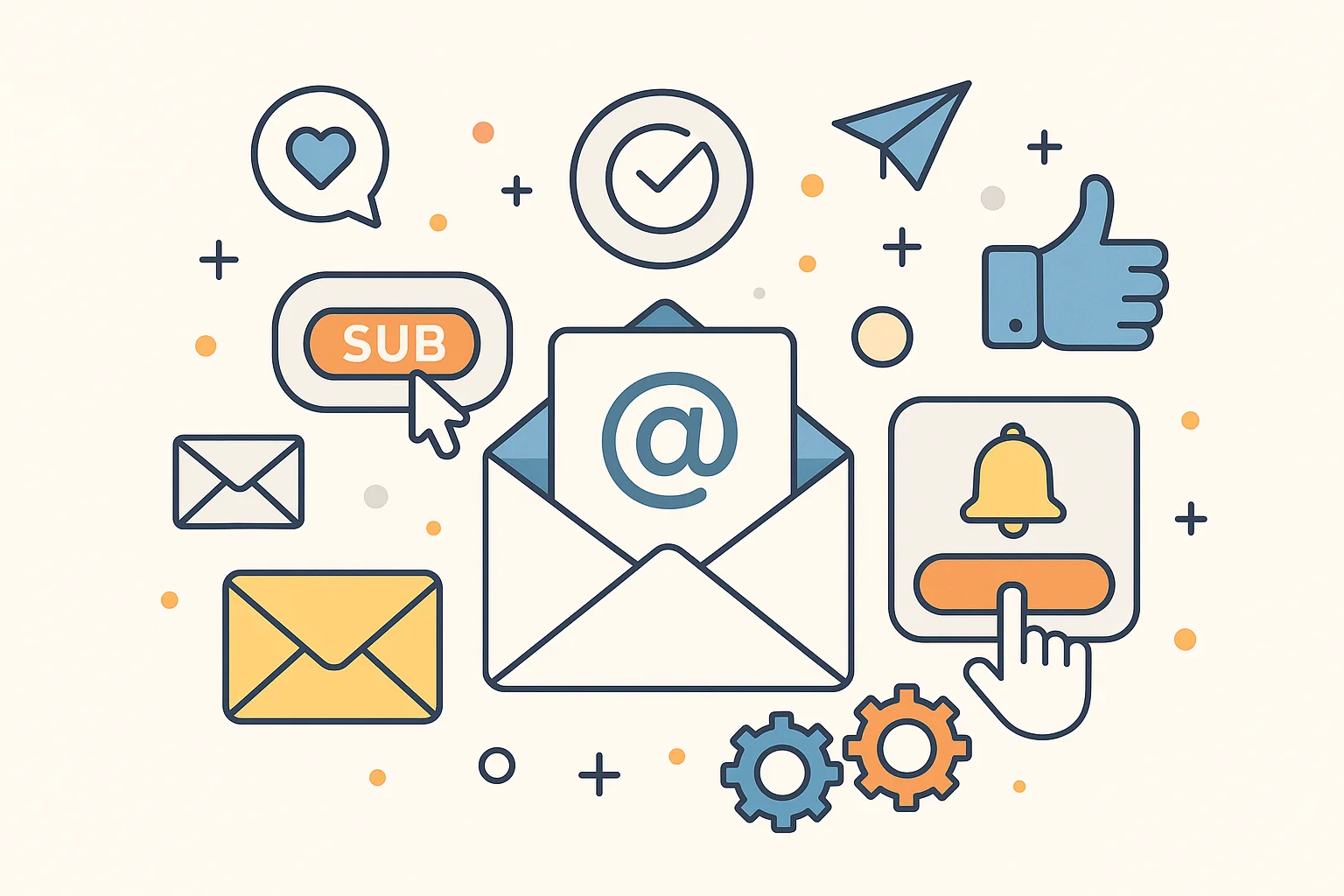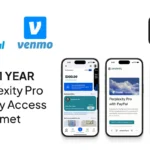Now Reading: 8 Email Marketing Best Practices for High Deliverability Rates
-
01
8 Email Marketing Best Practices for High Deliverability Rates
8 Email Marketing Best Practices for High Deliverability Rates
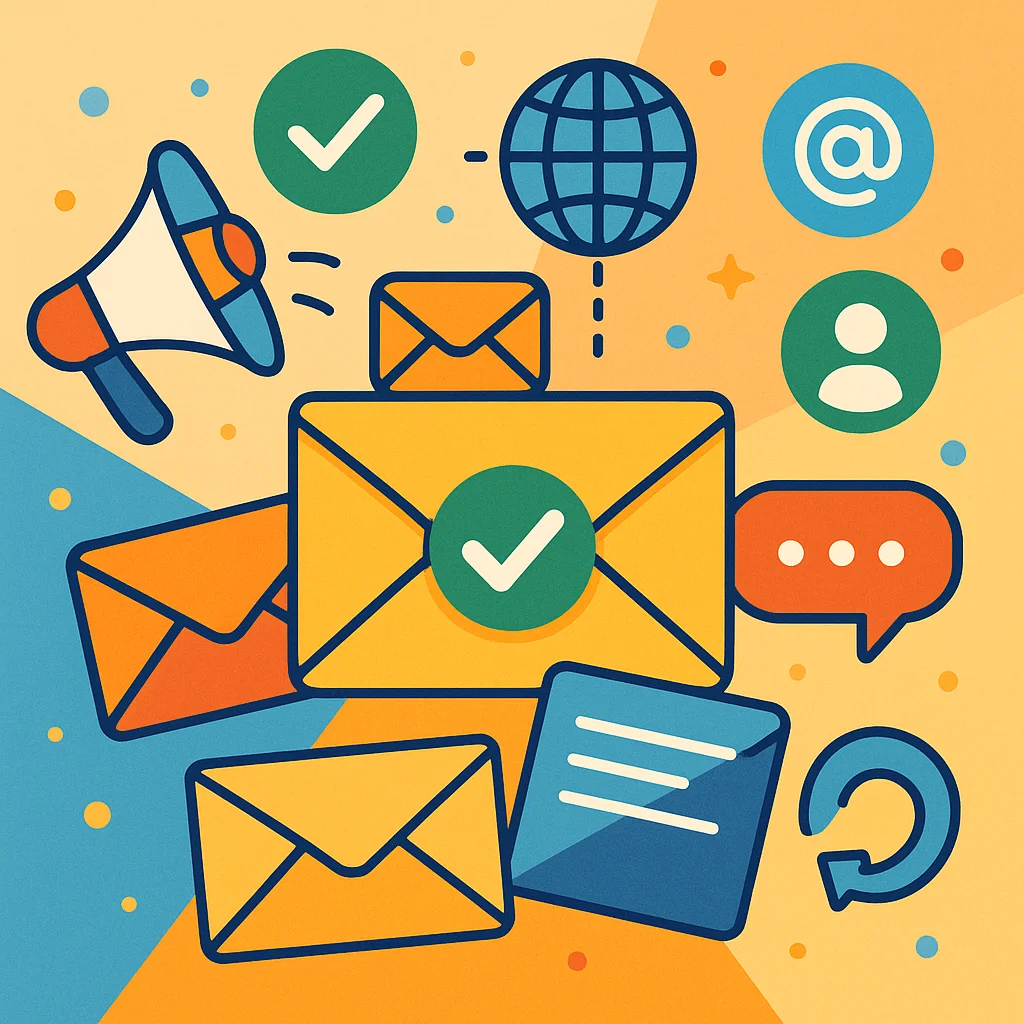
Stop losing money to spam folders! Every email that doesn’t reach your subscriber’s inbox is a missed opportunity. With over 347 billion emails sent daily, standing out and actually reaching inboxes has become incredibly challenging. But what if I told you that following specific email marketing best practices for high deliverability could dramatically improve your inbox placement rates? Let me show you exactly how to make it happen.
Key Takeaways
Email marketing best practices for high deliverability focus on building trust with email providers and creating genuine engagement with subscribers. Here’s what you need to know:
- Authenticate your domain with SPF, DKIM, and DMARC records to prove you’re a legitimate sender
- Build quality email lists using double opt-in and regular list cleaning to maintain high engagement
- Create compelling, relevant content that subscribers actually want to read and interact with
- Personalize your emails beyond just using names – segment based on behavior and preferences
- Monitor your sender reputation using tools like Google Postmaster Tools and maintain consistent sending practices
- Optimize subject lines to avoid spam triggers while creating genuine curiosity
- Maintain proper email frequency to prevent subscriber fatigue and spam complaints
- Use dedicated IP addresses for large sending volumes and warm them up gradually
Build Your Foundation With Proper Authentication
Let’s start with the technical stuff that makes everything else possible. Email authentication is like showing your ID at the door – without it, email providers won’t trust you.
Set Up SPF, DKIM, and DMARC
These three authentication protocols work together to verify you’re actually who you say you are. SPF tells receiving servers which IP addresses can send emails from your domain. DKIM adds a digital signature to your emails. DMARC ties it all together and tells providers what to do if authentication fails.
Most email service providers will help you set these up, but don’t skip this step. Emails without proper authentication are much more likely to land in spam folders.
Choose The Right Sending Infrastructure
If you’re sending more than 25,000 emails monthly, consider getting a dedicated IP address. This gives you complete control over your sender reputation. But here’s the catch – you’ll need to “warm up” that IP gradually by starting with small volumes and slowly increasing.
For smaller senders, shared IPs from reputable email service providers work perfectly fine. Just make sure your provider has a good reputation and follows best practices.
Useful Articles:
Create High-Quality Email Lists That Actually Engage
Your email list quality directly impacts your deliverability. It’s better to have 1,000 engaged subscribers than 10,000 who never open your emails.
Use Double Opt-In For Better Quality
Double opt-in means subscribers confirm their email address after signing up. Yes, you’ll get fewer subscribers initially, but the ones you do get are genuinely interested. This leads to higher engagement rates and better deliverability.
Here’s a simple double opt-in confirmation email template:
Subject: Please confirm your subscription
Hi [First Name],
Thanks for signing up for our newsletter!
To complete your subscription and start receiving our weekly marketing tips, please click the button below:
[CONFIRM SUBSCRIPTION]
If you didn't sign up for this, simply ignore this email.
Best,
[Your Name]Clean Your Lists Regularly
People change email addresses, lose interest, or simply forget they subscribed. Regularly remove:
- Hard bounces (invalid email addresses)
- Subscribers who haven’t engaged in 6+ months
- Spam trap addresses (use email validation tools to catch these)
- Role-based emails like info@ or support@ addresses
Segment Based On Behavior And Preferences
Don’t blast the same email to everyone. Segment your list based on:
- Purchase history – send different content to customers vs. prospects
- Engagement level – re-engagement campaigns for inactive subscribers
- Demographics – location, age, job title
- Content preferences – let subscribers choose what they want to receive
Segmented emails generate 58% more revenue than non-segmented campaigns. That’s because relevant content gets better engagement, which improves your sender reputation.
Craft Content That Subscribers Actually Want
Content quality is huge for deliverability. Email providers track how subscribers interact with your emails, and positive engagement signals boost your reputation.
Write Compelling Subject Lines Without Spam Triggers
Your subject line determines whether your email gets opened. But avoid obvious spam triggers like “FREE!!!” or “URGENT ACTION REQUIRED.”
Instead, focus on creating genuine curiosity:
- “The mistake 90% of marketers make with email”
- “Your cart misses you (and so do we)”
- “Quick question about your marketing goals”
Keep subject lines under 50 characters for mobile optimization, and test different approaches to see what resonates with your audience.
Personalize Beyond Just Names
Sure, using “Hi Sarah” is better than “Hi there,” but real personalization goes deeper. Use data about subscriber behavior, preferences, and past interactions.
Here’s an example of behavioral personalization:
Subject: Based on your recent purchase...
Hi Sarah,
I noticed you bought our email marketing course last week. How's it going so far?
Since you're diving into email marketing, I thought you'd love this advanced guide on automation workflows. It's the perfect next step after mastering the basics.
[DOWNLOAD FREE GUIDE]
Questions? Just hit reply – I read every email.
Best,
[Your Name]Maintain Consistent Branding
Use the same “from” name and email address for all campaigns. “John from [Company]” works better than just “John Smith” or a generic company email. This builds familiarity and trust with subscribers.
Also, keep your email design consistent with your brand colors, fonts, and voice. Subscribers should immediately recognize your emails.
Useful Articles:
Optimize Your Sending Practices
When and how often you send emails impacts deliverability just as much as what you send.
Find The Right Frequency
There’s no magic number, but most successful marketers send 2-8 emails per month. The key is consistency – if you normally send weekly emails, don’t suddenly blast daily promotions.
Pay attention to your unsubscribe rates and spam complaints. If they spike after increasing frequency, dial it back.
Time Your Emails Strategically
Send emails when your audience is most likely to engage. For B2B audiences, Tuesday through Thursday between 10 AM and 2 PM often works well. For B2C, evenings and weekends might be better.
But test this with your specific audience. Use your email platform’s analytics to see when your subscribers are most active.
Warm Up New Sending Domains
If you’re starting with a new domain or IP address, don’t immediately send to your entire list. Start small and gradually increase volume:
- Week 1: Send to your most engaged 100 subscribers
- Week 2: Increase to 500 subscribers
- Week 3: Send to 1,000 subscribers
- Continue increasing by 50-100% each week
This helps establish a positive reputation with email providers.
Monitor And Maintain Your Sender Reputation
Your sender reputation is like a credit score for email marketing. Email providers use it to decide whether your emails reach inboxes or spam folders.
Track Key Metrics
Monitor these deliverability metrics closely:
- Delivery rate – percentage of emails that reach any folder (inbox or spam)
- Inbox placement rate – percentage that reach the primary inbox
- Open rate – indicates subscriber engagement
- Click-through rate – shows content relevance
- Spam complaint rate – should stay below 0.1%
- Unsubscribe rate – typically under 2% is healthy
Use Free Monitoring Tools
Google Postmaster Tools provides valuable insights about your Gmail deliverability. It shows your domain reputation, IP reputation, and spam rates specifically for Gmail users.
Other helpful (and free) tools include:
- MXToolbox for blacklist monitoring
- Mail-tester.com for spam score checking
- GlockApps for inbox placement testing
Handle Spam Complaints Properly
When someone marks your email as spam, take it seriously. Most email providers will automatically unsubscribe these users, but you should also:
- Review your content – was it relevant to that subscriber?
- Check your list quality – are you sending to engaged subscribers?
- Examine your frequency – are you sending too often?
If spam complaints exceed 0.1% of your sends, you’ve got a problem that needs immediate attention.
Useful Articles:
Advanced Strategies For Maximum Deliverability
Once you’ve mastered the basics, these advanced tactics can push your deliverability even higher.
Implement Preference Centers
Give subscribers control over what they receive and how often. A simple preference center might look like this:
Email Preferences
How often would you like to hear from us?
□ Weekly newsletter
□ Monthly updates only
□ Special offers and promotions
What topics interest you most?
□ Marketing tips
□ Product updates
□ Industry news
□ Case studies
[UPDATE PREFERENCES]This reduces unsubscribes and spam complaints while improving engagement.
Create Re-engagement Campaigns
Don’t just delete inactive subscribers – try to win them back first. Send a re-engagement campaign to subscribers who haven’t opened emails in 3-6 months:
Subject: We miss you! One last email...
Hi [First Name],
I noticed you haven't opened our emails lately. That's totally okay – inboxes get crazy.
But before we say goodbye, I wanted to check: are you still interested in receiving marketing tips from us?
If yes, just click here: [STAY SUBSCRIBED]
If not, no worries. You can unsubscribe here: [UNSUBSCRIBE]
Thanks for your time,
[Your Name]This helps clean your list while potentially re-engaging valuable subscribers.
Use Behavioral Triggers
Set up automated emails based on subscriber actions:
- Welcome series for new subscribers
- Abandoned cart emails for e-commerce
- Birthday or anniversary emails for engagement
- Post-purchase follow-ups for feedback
These emails typically have much higher engagement rates because they’re timely and relevant.
Test Everything
A/B test different elements of your emails:
- Subject lines – try different lengths, tones, and approaches
- Send times – test morning vs. afternoon vs. evening
- Content formats – plain text vs. HTML vs. mixed
- Call-to-action buttons – different colors, text, and placement
Small improvements in engagement can significantly boost your deliverability over time.
Technical Considerations For Better Delivery
Some technical details can make or break your deliverability efforts.
Optimize Your Email Code
Clean, well-structured HTML helps your emails render properly across different email clients. Avoid:
- Excessive images – aim for a 60:40 text-to-image ratio
- Large file sizes – keep emails under 100KB when possible
- Broken links – test all links before sending
- Missing alt text – always include alt text for images
Include Text Versions
Always send both HTML and plain text versions of your emails. Some subscribers prefer plain text, and it can help with deliverability.
Use Proper List-Unsubscribe Headers
Include proper unsubscribe headers in your email code. This allows email clients to show an “unsubscribe” option without marking your email as spam.
Most email service providers handle this automatically, but it’s worth verifying.
Build Long-Term Deliverability Success
Sustainable deliverability isn’t about quick tricks – it’s about building genuine relationships with your subscribers.
Focus On Value First
Every email should provide value to your subscribers. Whether it’s educational content, exclusive offers, or entertaining stories, make sure subscribers benefit from opening your emails.
Stay Consistent
Consistency builds trust with both subscribers and email providers. Maintain regular sending schedules, consistent branding, and reliable content quality.
Keep Learning And Adapting
Email deliverability best practices evolve as technology and regulations change. Stay updated on industry trends, new authentication requirements, and changing subscriber expectations.
Join email marketing communities, follow industry blogs, and attend webinars to keep your knowledge current.


